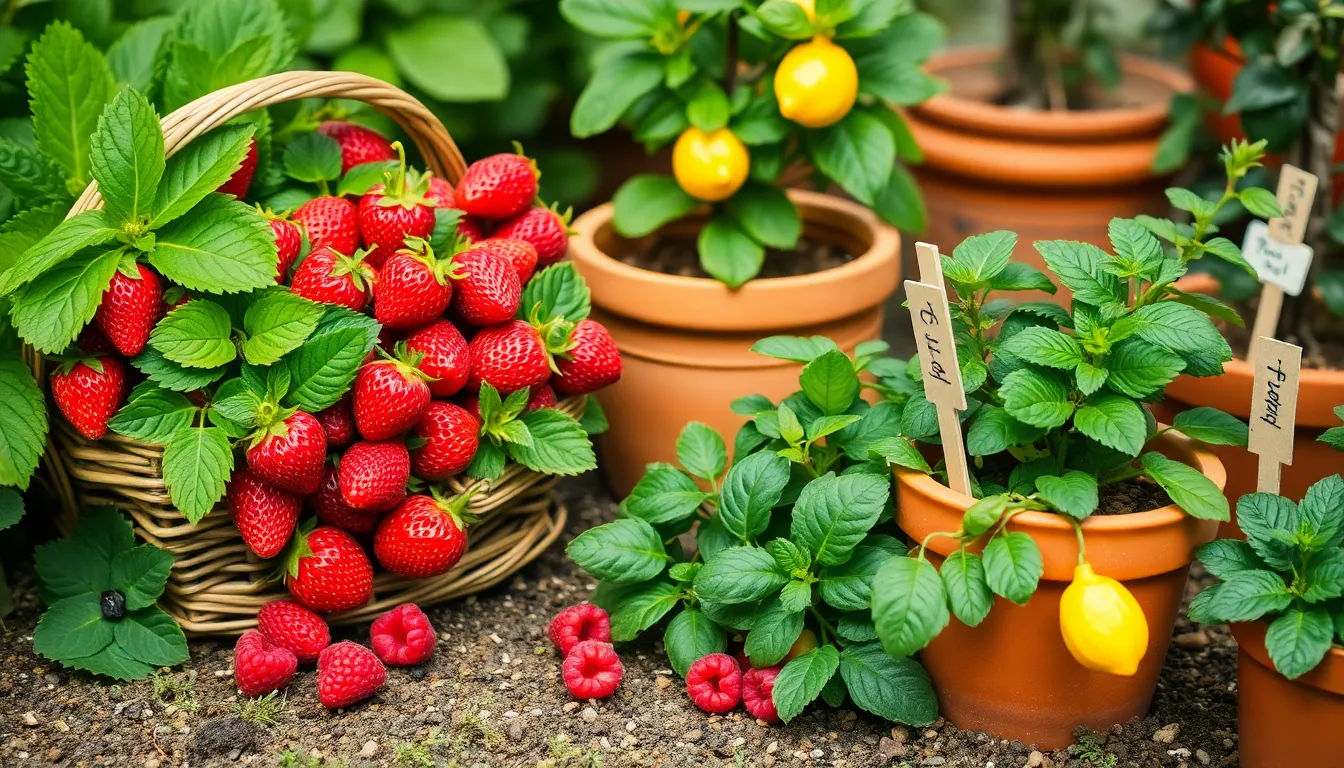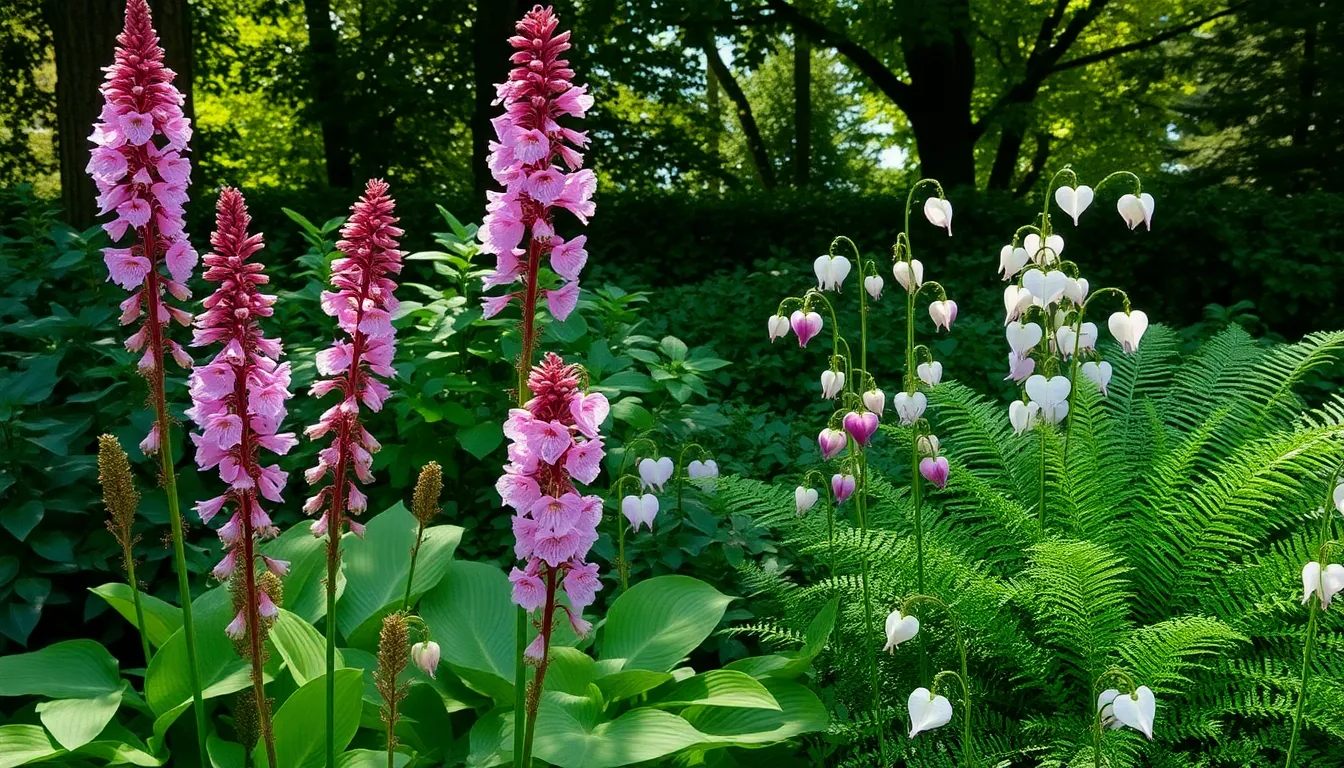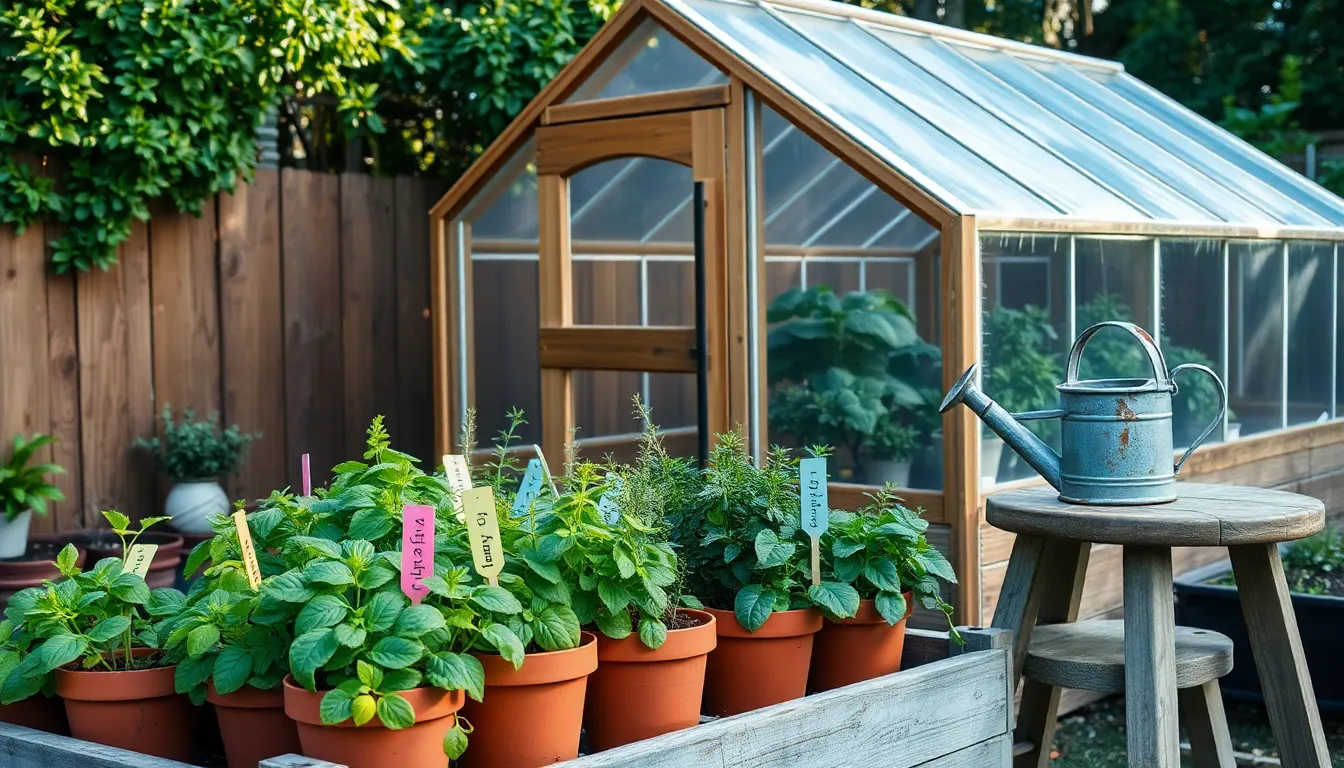Imagine stepping into your garden and picking a juicy, sun-ripened strawberry or a crisp apple straight from the branch. Whether you’re a novice just getting your hands dirty or a seasoned gardener with years of experience, cultivating a fruit garden can be a deeply rewarding endeavor that brings both joy and bounty. Fruits not only add vibrant colors and flavors to your garden, but they also provide a fresh and nutritious reward for your efforts.
Creating a fruitful oasis might seem daunting at first, but with the right inspiration and guidance, it can become an achievable reality. In this article, we will explore ten easy fruit garden inspirations that are perfect for gardeners of all skill levels. You’ll discover ideas that are not only practical but also adaptable to a range of spaces—from sprawling backyard plots to cozy balcony gardens.
By embarking on this fruity adventure, you’re not just growing plants; you’re cultivating a connection to nature and a sustainable source of delicious produce. Our easy-to-follow inspirations will guide you in selecting the right fruit varieties, understanding their needs, and maximizing your garden’s potential. So, let’s dive into these inspiring ideas and set the stage for a flourishing fruit garden that will delight and nourish you season after season.
Choosing Your Fruit Varieties
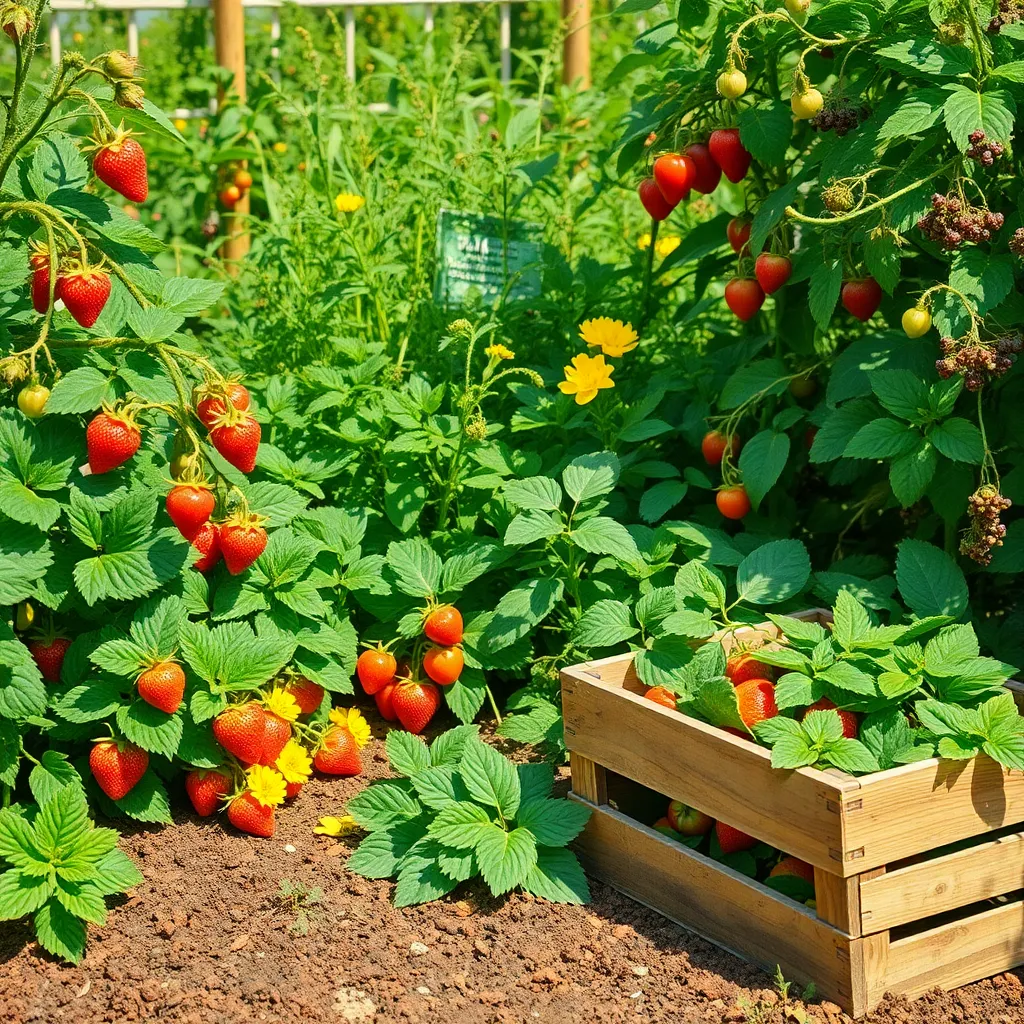
When selecting fruit varieties for your garden, consider your local climate and the specific growing conditions of your space. Choose fruits that are known to thrive in your region, taking into account factors like sunlight, temperature, and rainfall.
Research the soil requirements for each fruit variety you’re interested in. For instance, blueberries prefer acidic soil, while grapes thrive in well-drained, loamy soil.
For beginners, it’s wise to start with hardy fruits like strawberries or raspberries, which are generally easy to grow and maintain. Ensure these plants receive full sunlight for at least 6-8 hours a day for optimal growth.
Experienced gardeners might want to experiment with less common fruits like kiwifruit or figs, which can add a unique touch to your garden. These plants often require specific care; for example, kiwifruit vines need sturdy support structures and regular pruning to promote fruiting.
Planning Your Garden Layout
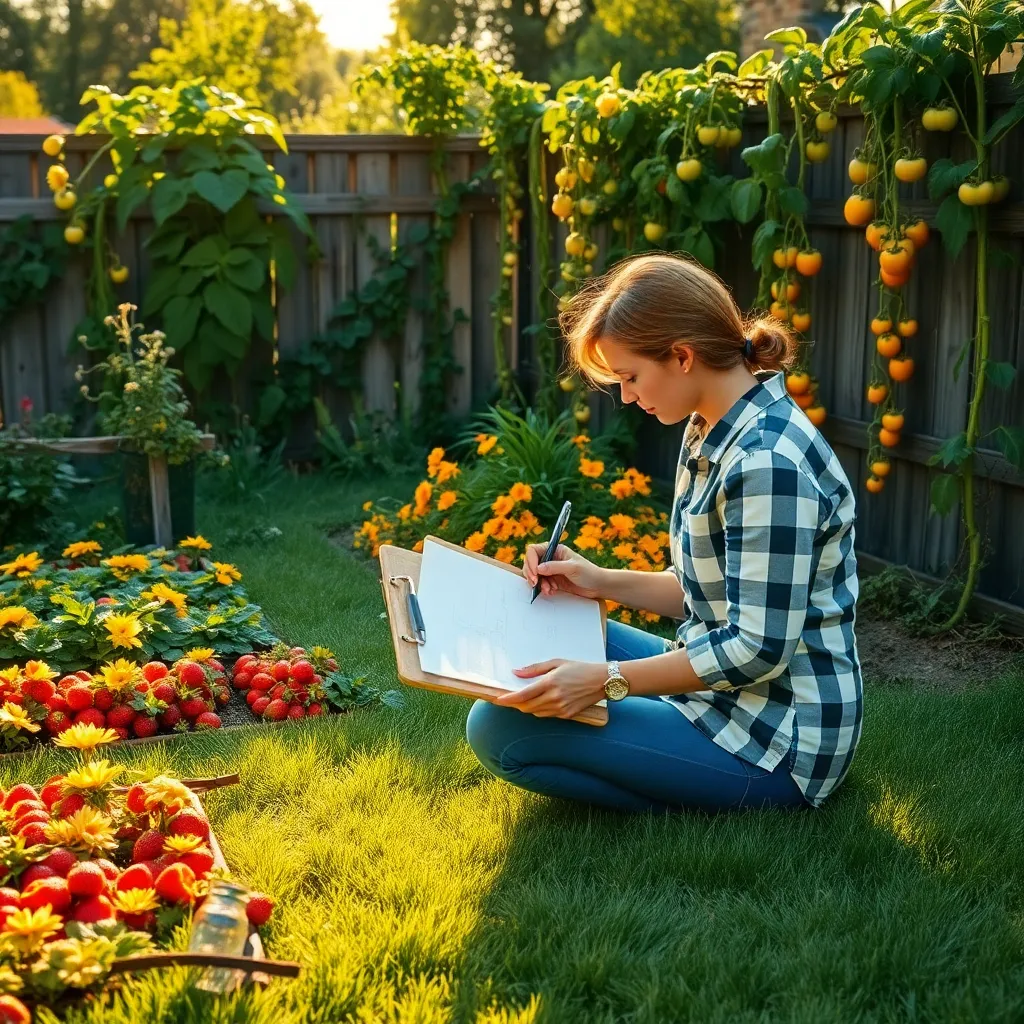
When planning your garden layout, start by considering the space requirements for each fruit plant. Each variety has its own needs, so ensure you allocate enough room for their mature size to avoid overcrowding.
Next, think about the orientation of your garden space. Many fruit plants, such as strawberries and blueberries, require at least six to eight hours of direct sunlight daily to thrive.
Pay attention to the soil type and drainage in different parts of your garden. Most fruit plants prefer well-drained soil, so consider raised beds if your natural soil is heavy clay or retains too much water.
Consider incorporating a mix of companion plants to enhance growth and pest resistance. For example, planting marigolds near your fruit bushes can deter harmful insects while adding a splash of color to your garden.
Preparing the Optimal Soil Mix
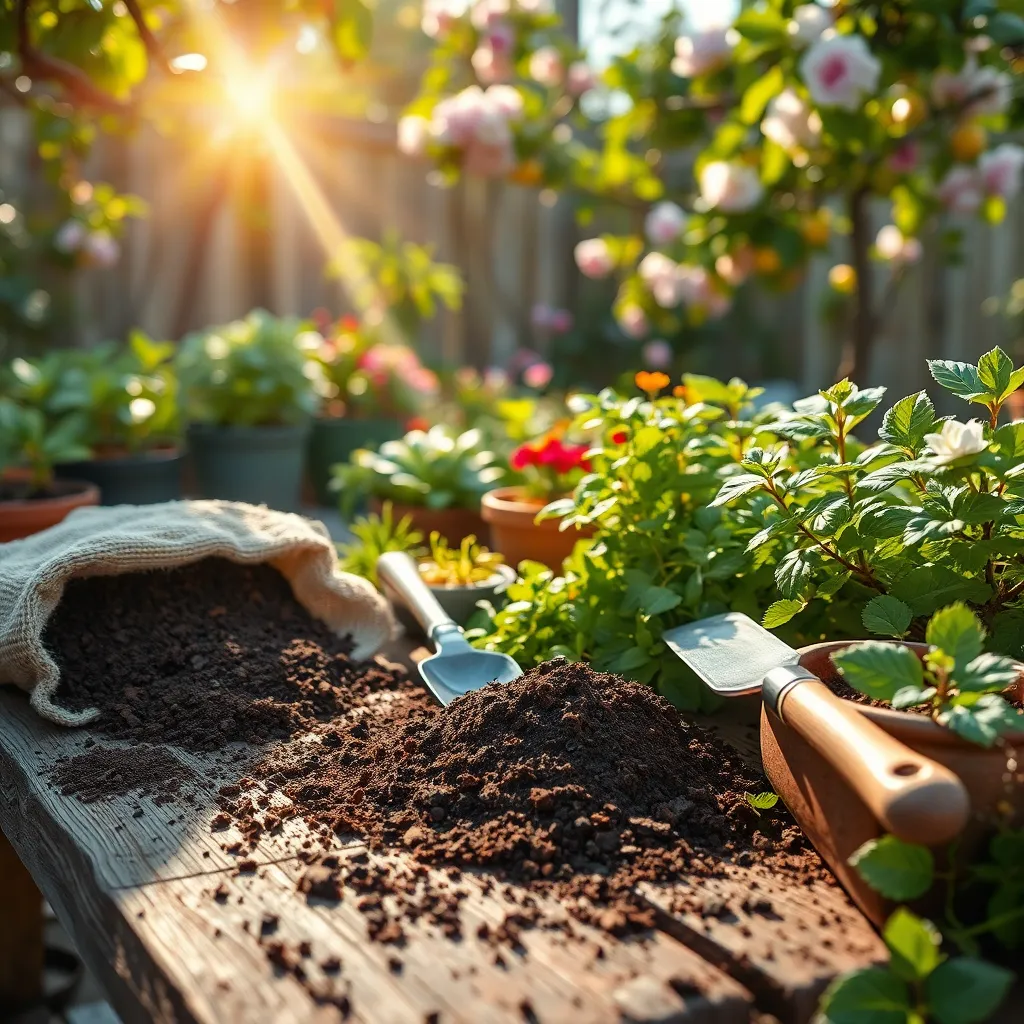
Creating the optimal soil mix is crucial for a thriving fruit garden. Begin by assessing your current soil type to understand what improvements are necessary.
For most fruit plants, a well-draining soil rich in organic matter is ideal. You can achieve this by mixing equal parts of compost, peat moss, and perlite or coarse sand to enhance drainage and fertility.
It’s important to test the soil pH, as different fruits have varying pH preferences. For example, blueberries thrive in acidic soil with a pH of 4.5 to 5.5, while strawberries prefer a slightly acidic to neutral pH of 5.5 to 6.5.
Once your soil mix is prepared, consider adding a balanced, slow-release fertilizer to provide essential nutrients. This step ensures that your plants have the nutrients they need throughout the growing season without frequent fertilization.
As you plant, remember to water thoroughly to help the roots establish in their new environment. Maintaining consistent moisture levels, especially during the critical flowering and fruiting stages, is key for successful fruit production.
Advanced gardeners might experiment with adding specific amendments like mycorrhizal fungi, which can enhance root nutrient absorption. These fungi form a symbiotic relationship with plant roots, promoting healthier and more productive plants.
Planting Fruit Trees and Shrubs
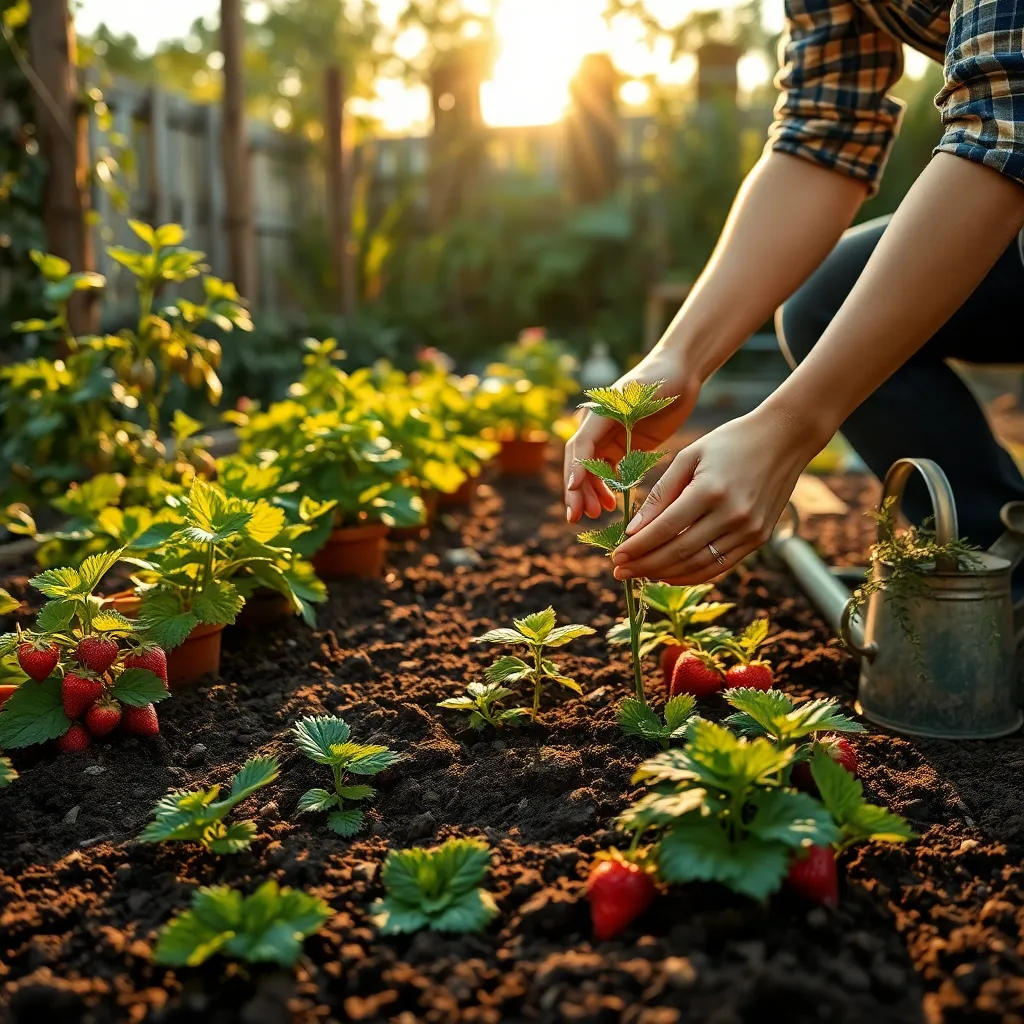
Planting fruit trees and shrubs can transform your garden into a bountiful oasis. To start, choose a sunny location with well-draining soil, as these plants thrive in full sun and avoid waterlogged roots.
Ensure the soil pH is appropriate for the type of fruit you wish to grow; most fruit trees prefer a slightly acidic to neutral pH between 6.0 and 7.0. Amending the soil with organic matter like compost can improve its texture and nutrient content, providing a strong foundation for growth.
When planting, dig a hole twice as wide and just as deep as the root ball to facilitate root expansion. It’s crucial to plant the tree or shrub at the same depth it was growing in the nursery container to prevent stress and encourage healthy growth.
Water newly planted trees and shrubs regularly, especially during the first growing season, to help establish a robust root system. A general rule is to provide deep watering once a week, allowing the soil to dry out slightly between sessions to prevent overwatering.
For those looking to maximize yield, consider pruning techniques to promote airflow and sunlight penetration, which are critical for fruit development. Prune annually during the dormant season, removing any dead or diseased wood and shaping the canopy for optimal light exposure.
Fertilize your fruit trees and shrubs in early spring just before new growth begins. Use a balanced, slow-release fertilizer or one specifically formulated for fruit trees to ensure a steady supply of nutrients throughout the growing season.
Caring for Young Fruit Plants
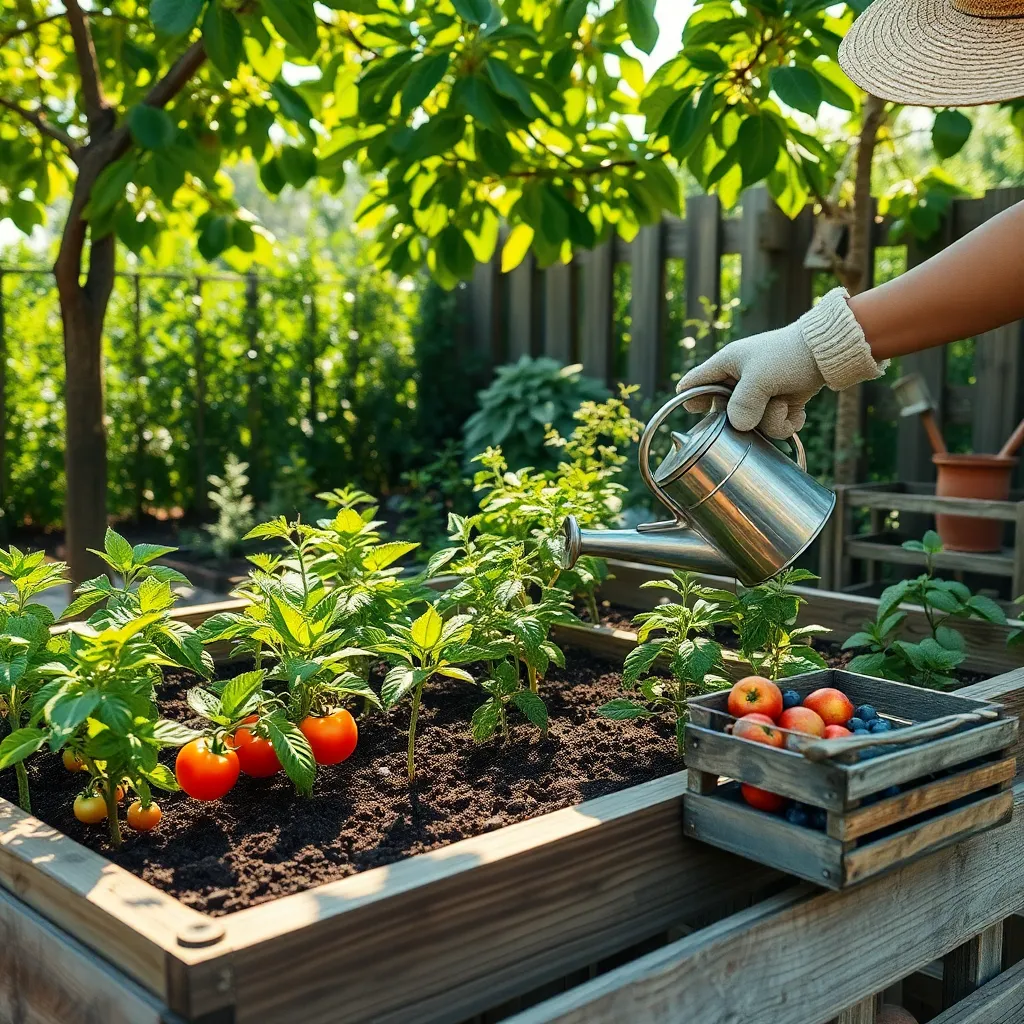
Once you’ve planted your fruit trees and shrubs, the next step is ensuring their proper care. Young fruit plants require consistent attention to thrive and produce a bountiful harvest.
Watering is crucial during the first few years of growth. It is essential to provide regular, deep watering once a week, especially during dry spells, to encourage deep root development.
In addition to watering, it’s important to focus on soil health. Use a balanced organic fertilizer in early spring and again in mid-summer to provide your plants with the necessary nutrients.
Mulching around the base of your young fruit plants can help retain moisture and suppress weeds. Apply a 2-4 inch layer of organic mulch, such as shredded bark or straw, keeping it a few inches away from the trunk to prevent rot.
Pruning is another vital aspect of caring for young fruit plants. Pruning should be done in late winter or early spring to remove dead or diseased branches and to shape the plant for optimal light penetration and air circulation.
For those seeking to maximize fruit production, consider the practice of thinning. Once fruit sets, thin out excess fruit to ensure that remaining fruits have enough space and nutrients to grow larger and healthier.
As a more advanced tip, consider using protective netting to shield young fruit plants from pests. This can help prevent birds and insects from damaging young fruits, ensuring a fuller harvest.
Incorporating Vertical Gardening Ideas
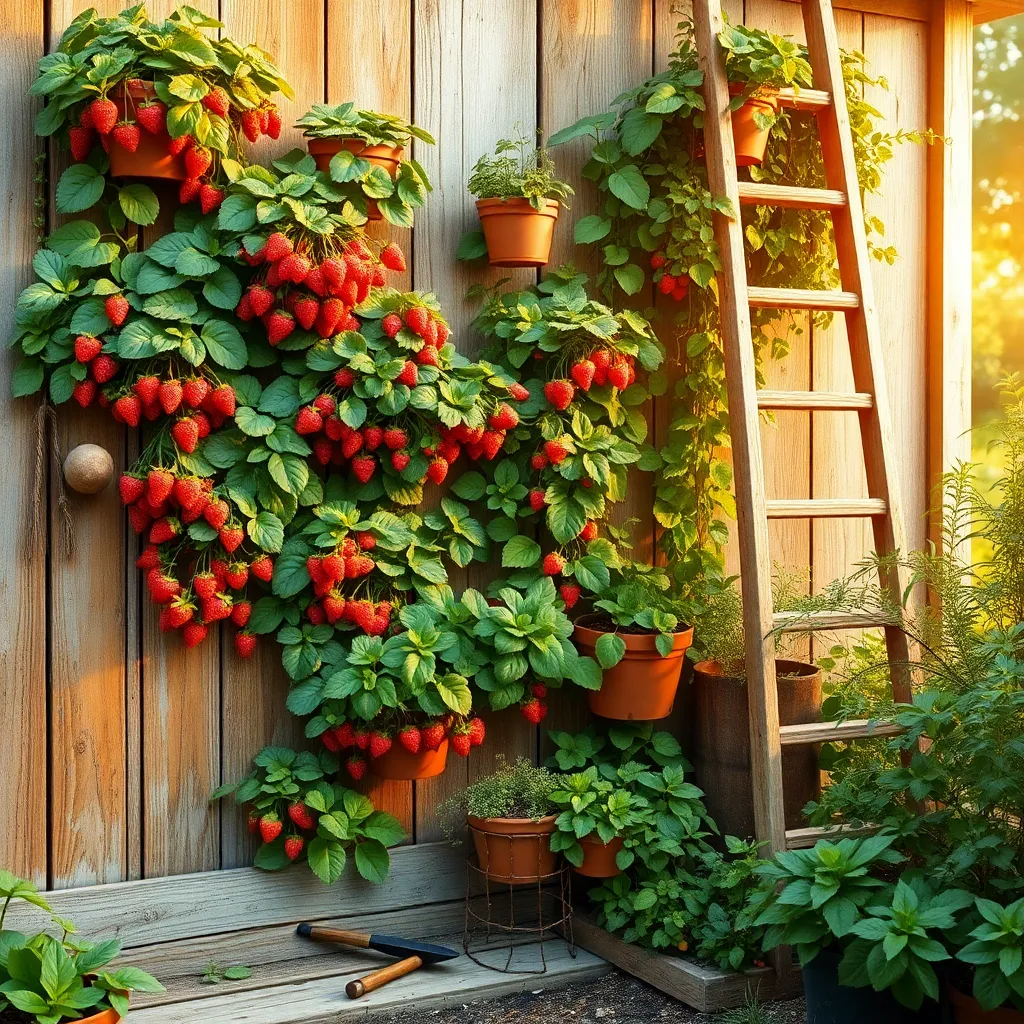
Vertical gardening is a fantastic way to maximize your space, especially if you’re working with a small garden area. Using trellises, wall planters, or hanging pots allows you to grow fruit plants upward, making the most of every inch available.
Consider starting with climbing fruit plants like strawberries or trailing tomatoes, which are perfect for vertical setups. These plants thrive when they have plenty of vertical space to spread, and they can produce abundant harvests with proper care.
Make sure to use sturdy structures that can support the weight of fruit-bearing plants. Materials like metal or treated wood work well for building trellises or frames that can withstand wind and weather while supporting your plants.
Regular watering is crucial since vertical gardens typically dry out faster than traditional ones. Watering systems such as drip irrigation can help maintain consistent moisture levels, reducing the stress on your plants and ensuring healthy growth.
For those looking to add complexity, consider companion planting in vertical gardens. Planting herbs like basil or mint alongside your fruit plants can help repel pests and enhance flavors, adding both utility and fragrance to your garden space.
Companion Planting for Pest Control
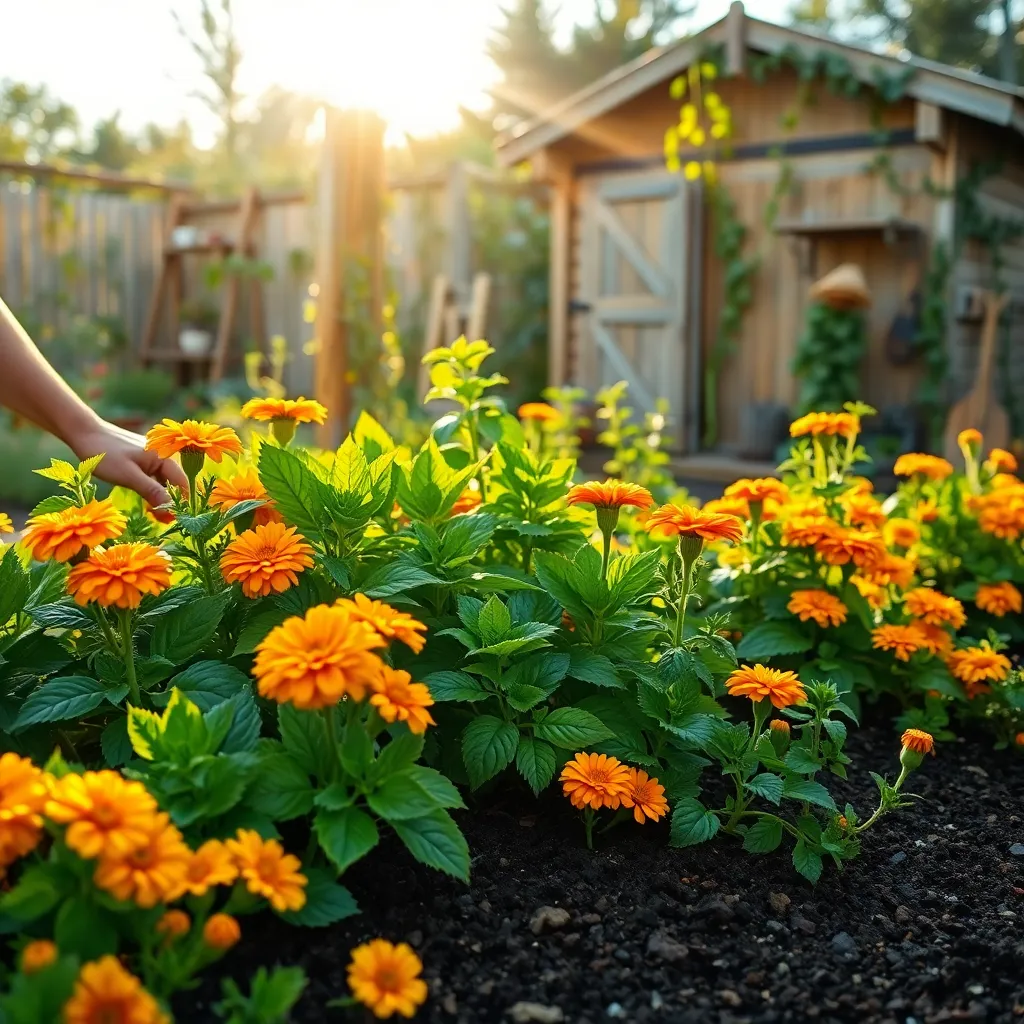
Companion planting is a fantastic way to naturally deter pests in your fruit garden. By strategically placing certain plants together, you can create a harmonious ecosystem that benefits both the plants and the gardener.
Marigolds are an excellent companion for many fruit trees and plants, as they repel nematodes and other harmful insects. Planting marigolds around the base of your fruit trees or in between rows of berry bushes can dramatically reduce pest issues.
Another effective companion plant is basil, which can enhance the flavor of nearby fruits like tomatoes while deterring flies and mosquitoes. For best results, plant basil in well-drained soil with plenty of sunlight, and water it regularly to ensure it thrives alongside your fruit plants.
For more advanced gardeners, consider using trap cropping techniques, where you plant a more pest-attractive crop to draw insects away from your main fruit plants. For example, planting mustard greens near your fruit trees can attract aphids, keeping them away from your prized fruits.
Maintaining a diverse garden ecosystem is key to successful companion planting. Ensure your garden includes a variety of plants that flower at different times, which will not only support pest control but also attract beneficial pollinators.
Seasonal Maintenance Tips and Tricks
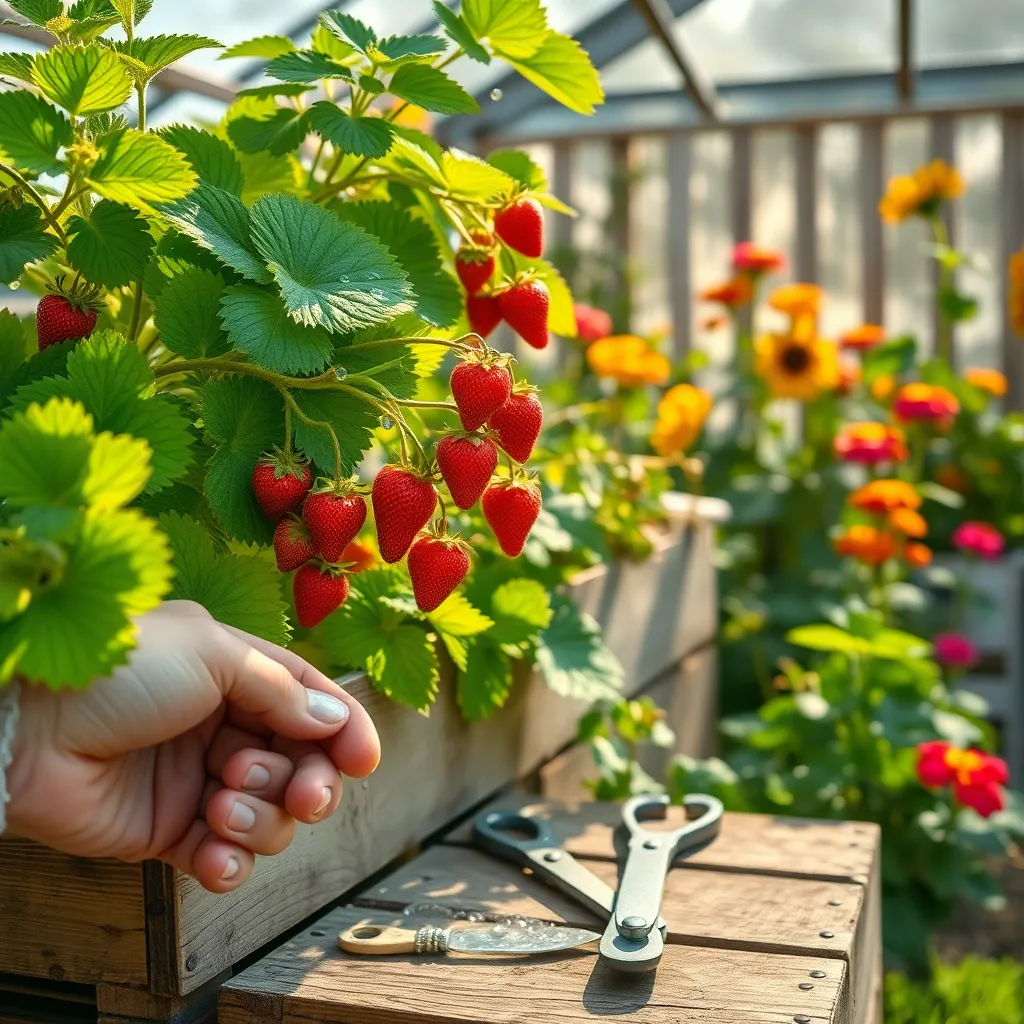
As seasons change, so do your garden’s needs, making seasonal maintenance an essential part of successful fruit gardening. Begin with a thorough inspection of your garden to identify any potential issues such as pests or diseases, and address them promptly.
During spring, focus on soil preparation by adding organic matter like compost to improve fertility and structure. Ensure your plants have enough nutrients by applying a balanced fertilizer; this supports robust growth during the active growing season.
Summer heat requires vigilant watering, but be careful not to overwater. Use a soaker hose or drip irrigation to deliver moisture directly to the roots, reducing evaporation and water waste.
In the fall, prepare your garden for winter by mulching around plants to protect roots from freezing temperatures. Pruning fruit trees and shrubs during their dormant period encourages healthier growth and improves fruit yield next year.
Harvesting Techniques for Beginners
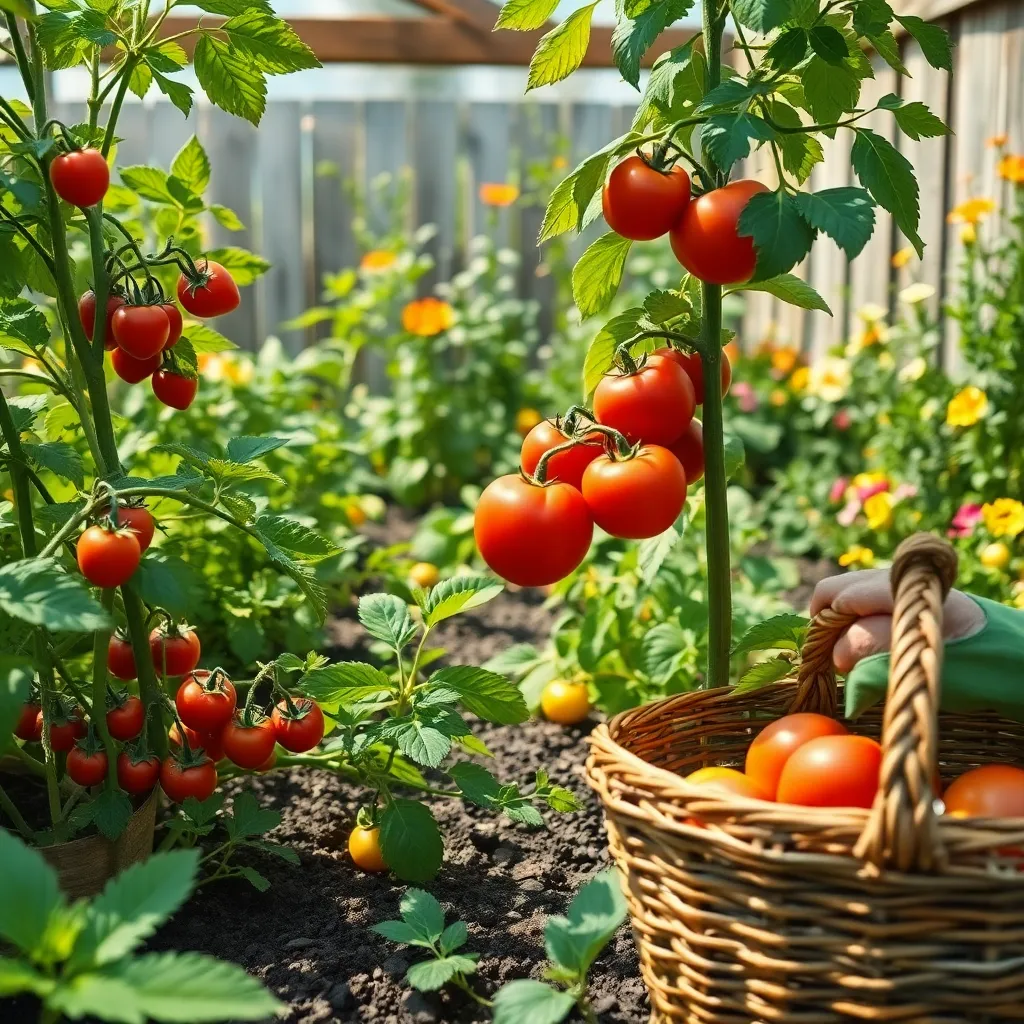
When it comes to harvesting fruit, timing is everything. Picking fruits at the peak of ripeness ensures the best flavor and nutritional value, so be sure to research the specific signs of ripeness for each type of fruit you grow.
For beginners, it’s important to start with easy-to-grow fruits like strawberries and tomatoes, which offer clear visual cues for readiness. Strawberries should be fully red and tomatoes should be a vibrant color, free of green spots, to ensure they’re ready to be picked.
Using the right tools can make a big difference in the harvesting process. A sharp pair of scissors or a small garden knife will help you cut fruits cleanly from the plant without causing damage.
Gentle handling is crucial to prevent bruising and ensure your harvest lasts longer. Always support the fruit with one hand while cutting or pulling, and place them gently into a container with soft padding.
More experienced gardeners might focus on succession planting to extend their harvest season. By planting new seeds every few weeks, you can enjoy a continuous supply of fresh produce rather than a single large harvest.
For those looking to expand their skills, consider testing soil conditions to optimize plant health and productivity. Using a soil pH tester can help you determine the best amendments to apply for each specific fruit type.
Finally, remember to keep a detailed gardening journal to track your successes and learn from any challenges. Documenting the progress of your fruits—including planting dates, harvest times, and any problems—will provide invaluable insights for future gardening seasons.
Preserving and Enjoying Your Bounty
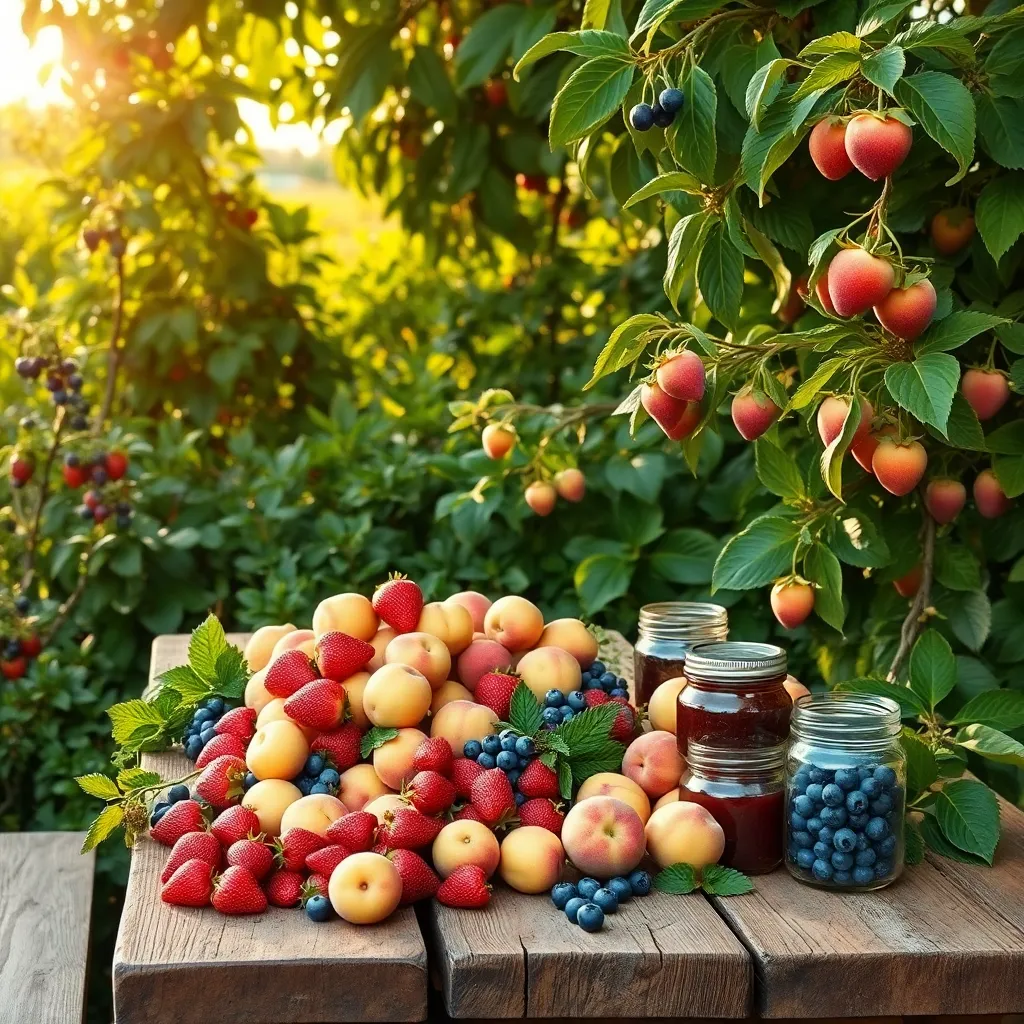
Preserving the bounty from your fruit garden allows you to enjoy your harvest long after the season has ended. Start by identifying which fruits are best suited for preservation methods like canning, freezing, or drying.
For beginners, freezing is a simple way to preserve fruits like berries and peaches. It’s crucial to wash and dry the fruits thoroughly before placing them in airtight containers or freezer bags to prevent freezer burn.
More experienced gardeners might explore canning, which requires sterilized jars and a basic understanding of safe food preservation techniques. Be sure to follow tested recipes, especially for fruits with low acidity, to avoid spoilage and ensure safety.
Drying fruits such as apples or apricots can be done using a dehydrator or an oven set to a low temperature. Slice the fruits evenly and consider pre-treating with lemon juice to maintain color and enhance flavor.
By preserving your harvest, you not only reduce waste but also create a pantry stocked with homemade goods. This practice enriches your gardening experience, allowing you to savor the flavors of your garden year-round.
Conclusion: Growing Success with These Plants
In exploring the vibrant world of ’10 Easy Fruit Garden Inspirations,’ we’ve uncovered key relationship concepts that mirror the nurturing of a thriving garden. From sowing seeds of communication and cultivating trust to pruning misunderstandings and celebrating shared growth, these insights are designed to enrich your relationships. Embracing diversity, setting boundaries, and fostering resilience are as vital in human connections as they are in your garden. Moreover, just like a garden flourishes with consistent care, so too do relationships thrive with ongoing attention and effort.
As your next step, choose one concept to focus on this week—perhaps deepening communication or setting healthy boundaries—and observe the positive changes it brings to your interactions. To ensure these insights are always within reach, save or bookmark this article now for future reference. This way, whenever you need a reminder or fresh inspiration, you’ll have a treasure trove of relationship wisdom at your fingertips.
Remember, nurturing relationships is a lifelong journey, much like tending to a garden. With dedication and love, you can cultivate relationships that are resilient and bountiful. Here’s to your flourishing connections and the growth they bring into your life.

